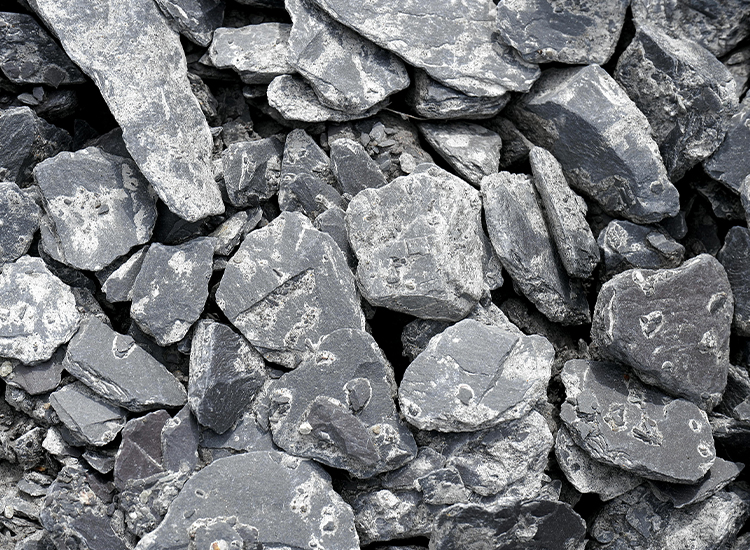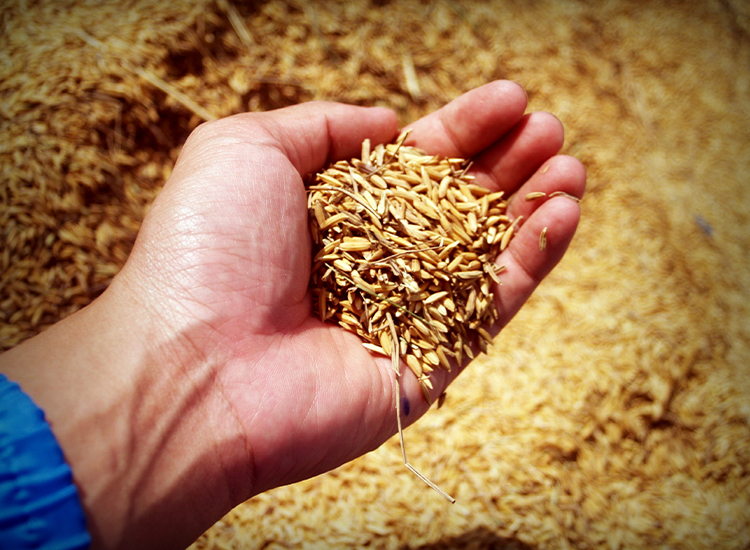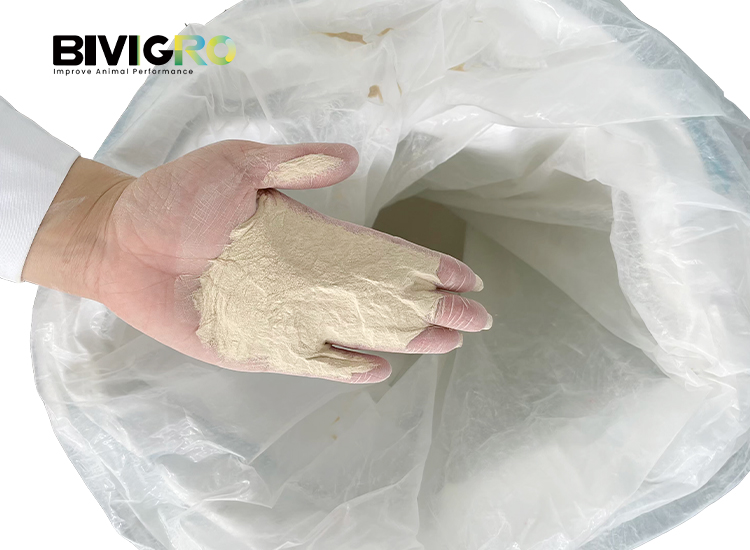-
Company
-
Products
-
Events
-
Feed Talk
-
Contact
-
Follow Us
Why Phytase Can Release More Nutrition In Animal Diet
In the quest for sustainable and cost-effective livestock production, one persistent challenge has haunted feed for
In the quest for sustainable and cost-effective livestock production, one persistent challenge has haunted feed formulators for decades: the inability to get available of the vast reserves of phosphorus contained in plant-based ingredients. Corn, soybean meal, and other common feedstuffs contain up to 70% of their total phosphorus in the form of phytate, a compound indigestible to monogastric animals like poultry, swine, and fish. Enter phytase—a natural enzyme revolutionizing animal nutrition by turning this “locked” phosphorus into a valuable resource.

Phytase works by hydrolyzing phytate molecules, releasing phosphorus, calcium, and other bound minerals into forms readily absorbed by animals. This enzymatic action addresses two critical gaps in conventional feeding strategies.
(1) First, it eliminates the need for inorganic phosphate supplements, which account for 20–30% of feed costs in poultry and swine diets.
(2) Second, it unlocks micronutrients like zinc, iron, and magnesium that are otherwise inaccessible, enhancing overall nutrient utilization.

The impact of phytase extends far beyond mineral liberation. In broilers, trials demonstrate that adding 500–1000 FTU/kg of phytase improves phosphorus digestibility by 40–50%. For laying hens, this translates to stronger eggshells and a 5–7% reduction in cracked eggs, directly boosting farm revenue. Swine producers report enhanced bone density in growing pigs, minimizing leg disorders and improving slaughter weights by 3–5%.

Phytase, in contrast, is a flexible, cost-effective solution compatible with existing feed formulations. Advanced phytase variants now also exhibit extra phosphoric effects, such as reducing anti-nutritional properties of phytate that impair protein and energy digestion. Trials in aquaculture show that phytase supplementation increases protein efficiency by 8–12%, enabling fish farmers to reduce soybean meal inclusion without compromising growth rates.
Phytase represents more than an enzyme—it’s an important shift in resource efficiency. By unlocking billions of dollars’ worth of dicalcium phosphate annually, it empowers farmers to produce more with less, safeguarding both profitability and the planet.
